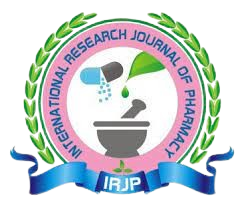PSYCHOLOGICAL, DIABETIC AND BUILT ENVIRONMENT ELEMENTS IN INDIAN SUBJECTS
DOI:
https://doi.org/10.56802/rjvqd379Keywords:
diabetes, obesity, physical activity, psychological aspect, quality of life, well-beingAbstract
Background: Body weight and built environment elements have been linked internationally for a long time. However, there
is a dearth of information in the literature currently available about the roles played by psychological, diabetes, and built
environmental elements in South Indian topics.
Aim: The purpose of this study was to evaluate the impact of psychological, diabetic, and built environment variables on
Indian participants.
Methods: In this study, 183 participants—246 men and 120 women—between the ages of 16 and 69 who had lived in the
same location for at least three years and had a BMI between 17.1-30.3 kg/m2 were evaluated. Every subject's diabetes
condition and built environment data were evaluated. Participants with diabetes mellitus had their psychological stress, quality
of life, and wellbeing data evaluated. Additionally, assessments were conducted on diabetic worry, social worry, effect,
satisfaction, well-being, energy, anxiety, and depression.
Results: Physically active, non-vegetarian, and working participants had lower BMIs. In male participants, weight and fasting
blood glucose were more strongly associated with energy and less with anxiety, according to Guttman's Smallest Space
Analysis (SSA). Age and the individuals' positive well-being were closely correlated in both sexes. Furthermore, there was a
strong correlation between age, weight, and fasting glucose levels in both sexes.
Conclusions: in order to develop preventative interventions, it is critical to comprehend how psychological elements and the
built environment affect the body weight of diabetes people.








